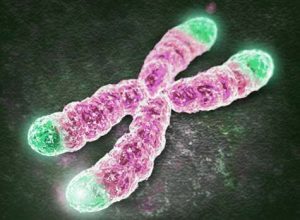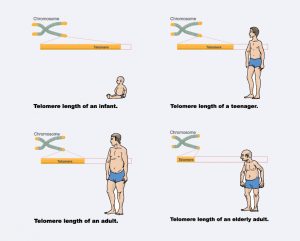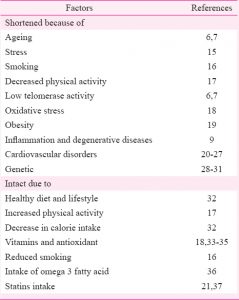Artificial Intelligence (A.I), is a term that is tossed around in pop culture, the media, and science daily. Someone who can skillfully manipulate the media using pop culture and science is undoubtedly Elon Musk the CEO of Tesla, SpaceX, and founder of PayPal. Whether you agree with or dislike his sensationalist antics, his words and tweets influences people. He keeps people engaged with scientific advancements in an age where holding the public’s attention is increasingly difficult. Consequently, when Musk tweets “If you’re not concerned about AI safety, you should be… more risk than North Korea” it alarms people. While his thoughts on A.I are well known, likening A.I to “summoning the devil”.
 Elon Musk on “how AI is dangerous” Source: YouTube “The School Of Self”
Elon Musk on “how AI is dangerous” Source: YouTube “The School Of Self”
When he says we need to be proactive about A.I regulation, is that a fair assessment?
It is true artificial intelligence is full of possibilities in a new world, it also comes with problems as well. With advancements ranging from discovering more effective treatments for deadly diseases such as cancer to lethal weapons, misuse is inevitable.
 “Ten possible risks of artificial intelligence” Source: YouTube “Risk Bites”
“Ten possible risks of artificial intelligence” Source: YouTube “Risk Bites”
Even though we are decades away from the “robots turning on us”, we have already experienced the misuse of A.I. It has aided in polarizing nations throughout Europe and in the United States by spreading disinformation and “fake news”. The results being evident in today’s rise of fascism, neo-nationalism and political polarization. Computers can do this because artificial intelligence makes it possible for machines to learn from experience, adjust and thus perform tasks that once required humans. For example, creating content online that would appeal to a certain target population and there by influencing their decisions. This becomes dangerous because of the massive scale that a machine can do this at, influencing millions, as compared to one human.
However, it is not only news and politics that are at risk to these advancements. Retailers (such as Amazon) collect data on all of our online purchases; which gives insight into future interests based on past behavior. This can lead to “optimal pricing” when suggesting products to us, discriminating prices for the same product based on what a customer is willing to pay . Similarly, in banking and insurance; loans and health insurance coverage can be denied to applicants who live in certain areas or are a certain age. Further, since these algorithms are designed by data scientists (humans!) their inherent biases would be reflected in how the machines develop.

A robot reviewing calculations Source: www.richardvanhooijdonk.com
Overall, since artificial intelligence can be used to control who receives services, how people vote, and our daily interactions. Regulation is needed to provide fair and safe treatment for everybody .
Although, caution needs to be taken when referring to A.I as “summoning the devil”. Since, complete regulation can suppress innovation and the benefits of A.I.
This article by Futruism.com, provides insight on the topic.
By: Mohamed Mohamoud






